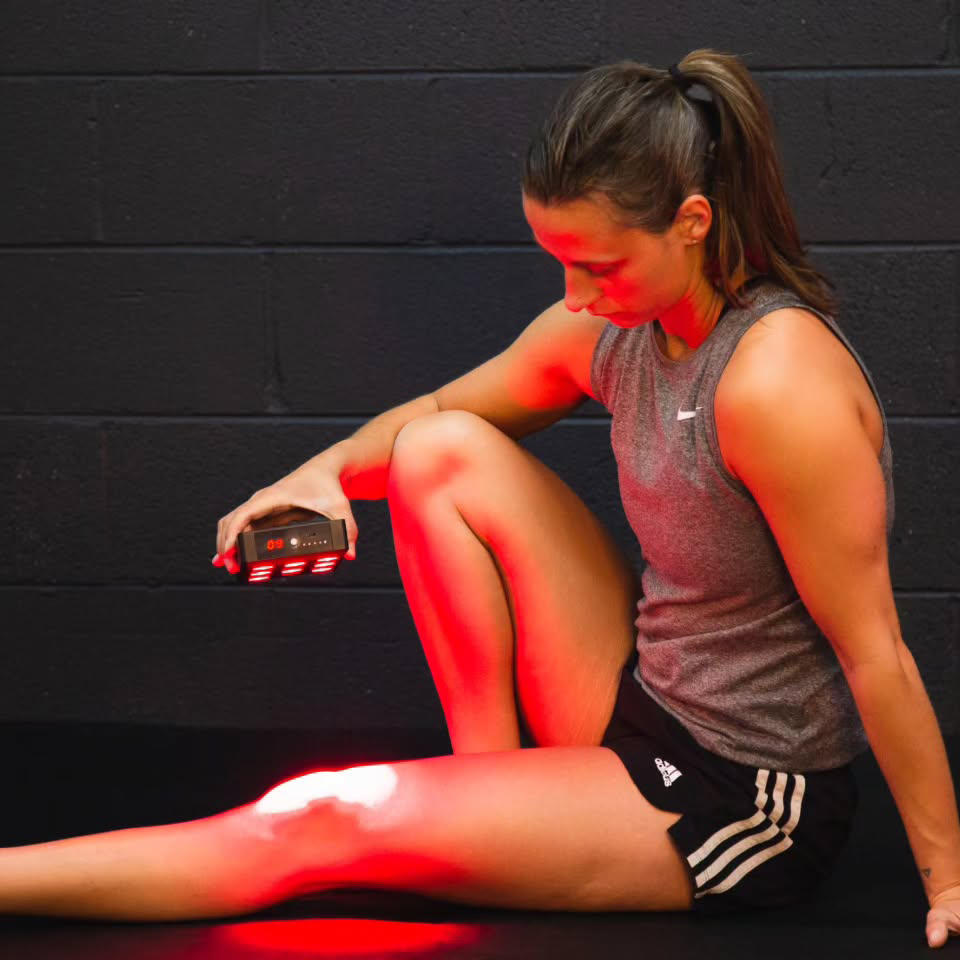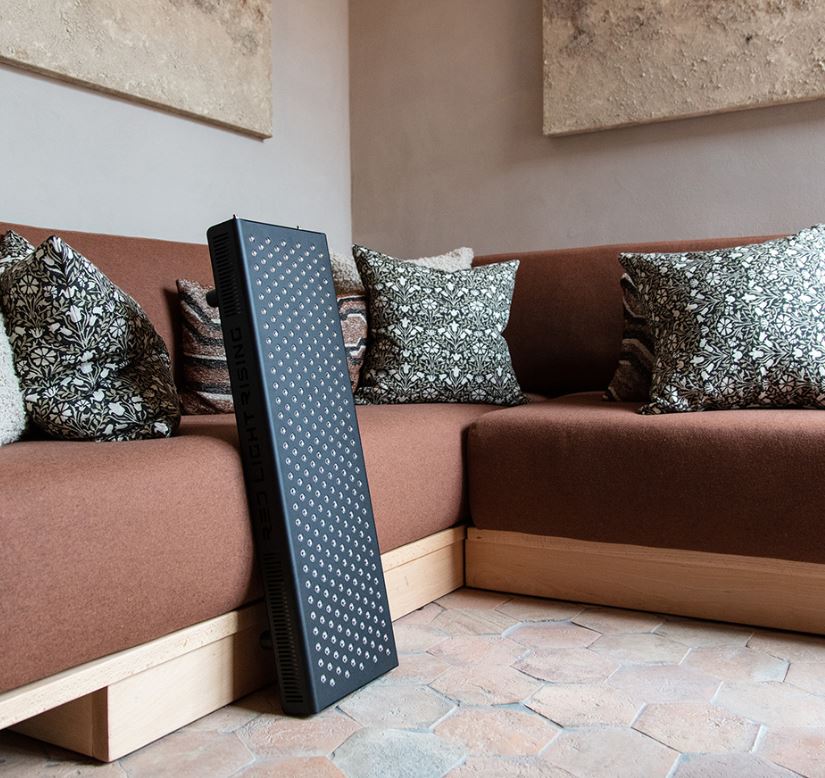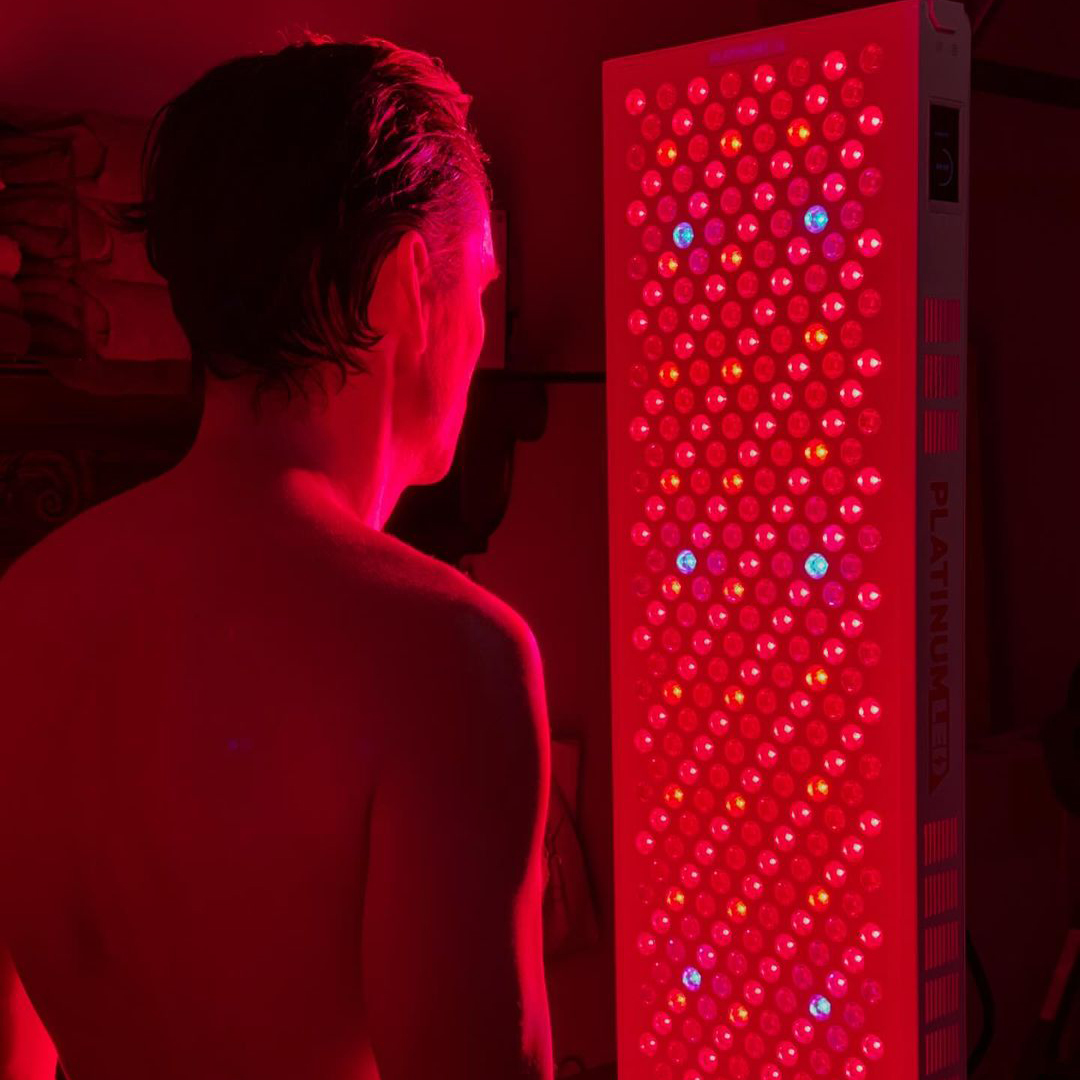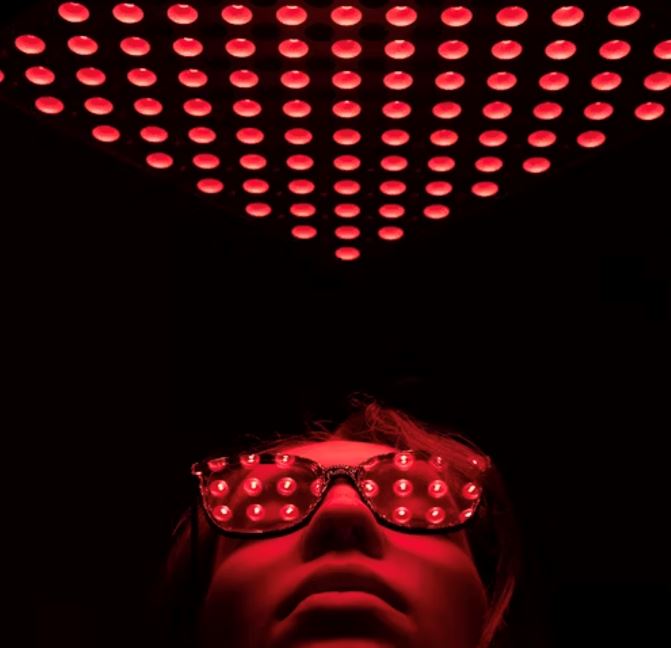![]() Free Shipping
Free Shipping ![]() Buy Now, Pay Later
Buy Now, Pay Later ![]() Eligible
Eligible
Could Red Light Therapy Be the Answer to Your Jock Itch?
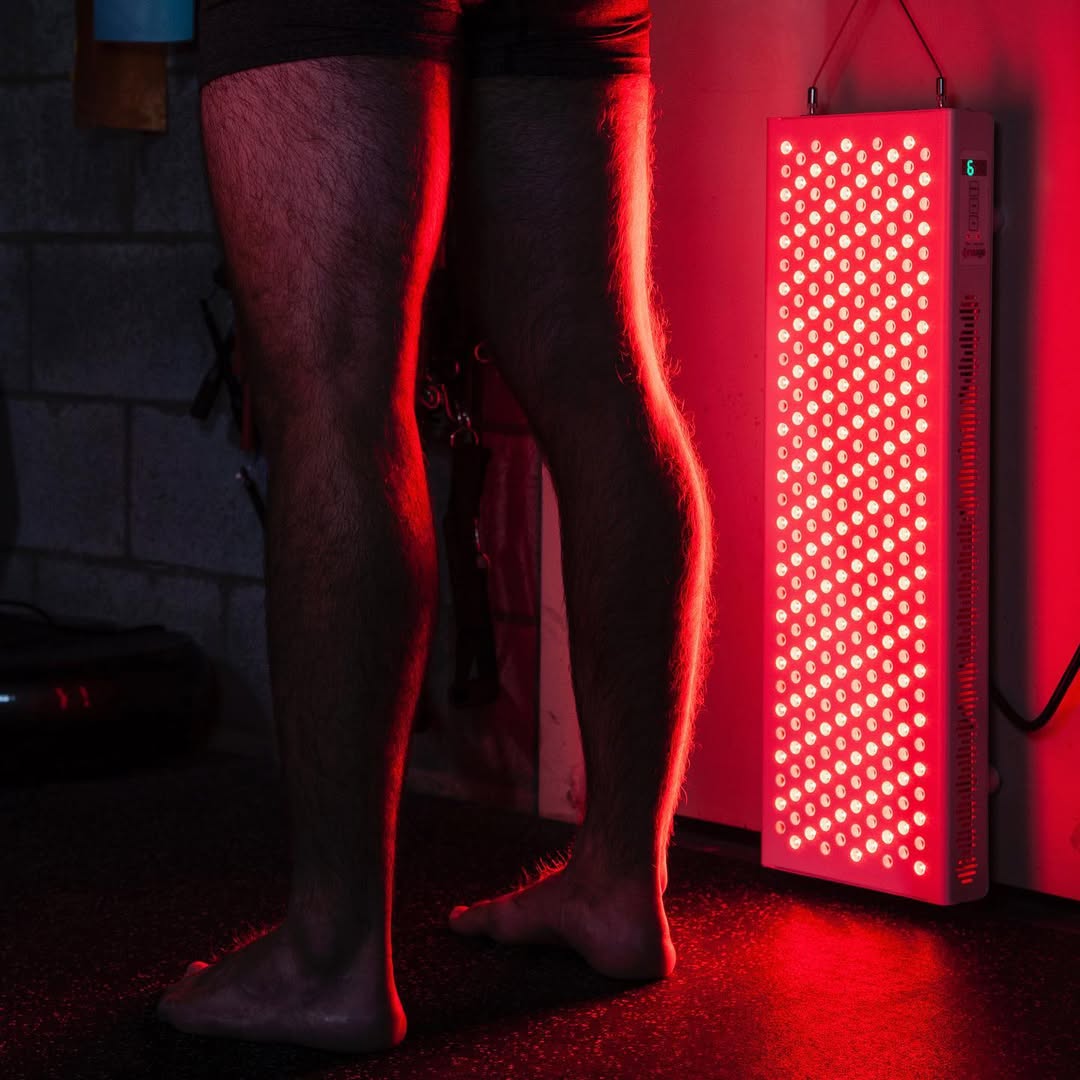
If you’ve ever experienced the relentless itching, redness, and discomfort of jock itch, you know just how frustrating it can be. Also known as tinea cruris, this common fungal infection thrives in warm, moist areas—making the groin a prime target. While antifungal creams and powders are the go-to treatments, what if there was a non-invasive, drug-free alternative that could speed up healing and soothe symptoms?
Enter red light therapy (RLT)—a cutting-edge treatment gaining traction for its potential to combat infections, reduce inflammation, and promote skin repair. But can it really help with jock itch? Let’s dive into the science, benefits, and real-world potential of this intriguing therapy.
What Is Jock Itch, and Why Is It So Stubborn?
Jock itch is caused by dermatophytes, a group of fungi that feed on keratin in the skin. Common symptoms include:
- Intense itching and burning
- Red, scaly patches
- Flaking or cracking skin
- A ring-shaped rash
Traditional treatments involve antifungal creams (clotrimazole, miconazole) and keeping the area dry. However, some cases become recurrent or resistant to standard therapies, leaving sufferers searching for alternatives.
What Is Red Light Therapy?
Red light therapy (RLT), also known as low-level laser therapy (LLLT) or photobiomodulation, uses specific wavelengths of red and near-infrared light to penetrate the skin. Unlike UV light, which can damage cells, RLT stimulates cellular repair without harmful side effects.
How Does It Work?
- Boosts Circulation: Enhances blood flow to deliver oxygen and nutrients to damaged skin.
- Reduces Inflammation: Calms irritated skin and soothes itching.
- Speeds Healing: Stimulates collagen production and tissue repair.
- Kills Microbes: Some studies suggest certain light wavelengths have antifungal and antibacterial effects.
Can Red Light Therapy Really Help Jock Itch?
While research on RLT specifically for jock itch is limited, studies on fungal infections, wound healing, and skin inflammation suggest promising benefits:
1. Antifungal Properties
A 2016 study in Lasers in Medical Science found that red and near-infrared light inhibited fungal growth in lab settings. While more human trials are needed, this indicates potential for combating fungal infections like tinea cruris.
2. Faster Skin Repair
Jock itch often leaves skin raw and damaged. RLT has been shown to accelerate wound healing by increasing collagen and elastin production, which could help restore healthy skin faster.
3. Anti-Inflammatory Effects
A 2017 study in The Journal of Clinical and Aesthetic Dermatology found that RLT reduces inflammation in skin conditions like eczema and psoriasis—suggesting it could similarly ease jock itch irritation.
4. Strengthens Skin Barrier
By promoting cellular energy (ATP production), RLT may help rebuild the skin’s natural defenses, making it harder for fungi to thrive.
How to Use Red Light Therapy for Jock Itch
If you’re considering RLT for jock itch, here’s how to incorporate it safely:
1. Choose the Right Device
- Handheld RLT devices (600–850 nm wavelengths)
- Panel lights for broader coverage
- Professional treatments at dermatology or wellness clinics
2. Treatment Protocol
- Frequency: 3–5 sessions per week
- Duration: 5–15 minutes per session
- Distance: 6–12 inches from skin
3. Combine with Traditional Treatments
For best results, pair RLT with:
- Antifungal creams (if needed)
- Proper hygiene (keep area dry, wear breathable fabrics)
- Probiotics (to balance skin microbiome)
VELLGUS Elite V2
THE #1 RATED RED LIGHT DEVICE
VELLGUS pro V2
THE #1 RATED FULL BODY RED LIGHT DEVICE
Potential Downsides & Considerations
- Not a Standalone Cure: RLT may work best as a complementary therapy rather than a sole treatment.
- Cost: High-quality devices can be pricey, though costs are dropping.
- Time Commitment: Requires consistent use for noticeable results.
Final Verdict: Is Red Light Therapy Worth Trying?
While more research is needed, red light therapy shows strong potential in supporting jock itch recovery by:
✔ Reducing inflammation
✔ Speeding skin repair
✔ Possibly inhibiting fungal growth
If you’re struggling with persistent or recurrent jock itch, RLT could be a safe, drug-free option to explore alongside traditional treatments.
Have you tried red light therapy for skin issues? Share your experiences in the comments!
References:
- Hamblin, M. R. (2017). Mechanisms and applications of the anti-inflammatory effects of photobiomodulation. AIMS Biophysics.
- Gupta, A. K., & Foley, K. A. (2016). Antifungal treatment for onychomycosis: Red light therapy as a potential modality. Lasers in Medical Science.
- Avci, P., et al. (2013). Low-level laser therapy for fat layer reduction: A comprehensive review. Lasers in Surgery and Medicine.





